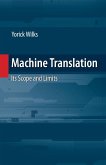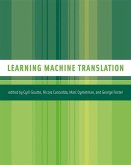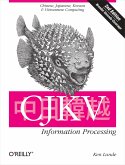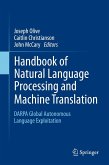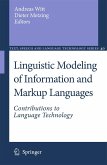Statistical machine translation (SMT) uses large amounts of language training data to statistically build a knowledge base for translating from one language to another. Before introducing this language data, usually in the form of a parallel set of sentences from both languages, the SMT system has no other linguistic information available to it. With supervised SMT, however, additional linguistic knowledge is allowed in addition to the training data. When translating between languages with little or no common linguistic backgrounds, like English and Japanese, using supervised SMT is extremely useful. By giving the system linguistic rules before training on the parallel corpus, the SMT system can build better alignments between words in both languages. This work has been selected by scholars as being culturally important, and is part of the knowledge base of civilization as we know it. This work was reproduced from the original artifact, and remains as true to the original work as possible. Therefore, you will see the original copyright references, library stamps (as most of these works have been housed in our most important libraries around the world), and other notations in the work. This work is in the public domain in the United States of America, and possibly other nations. Within the United States, you may freely copy and distribute this work, as no entity (individual or corporate) has a copyright on the body of the work. As a reproduction of a historical artifact, this work may contain missing or blurred pages, poor pictures, errant marks, etc. Scholars believe, and we concur, that this work is important enough to be preserved, reproduced, and made generally available to the public. We appreciate your support of the preservation process, and thank you for being an important part of keeping this knowledge alive and relevant.
Bitte wählen Sie Ihr Anliegen aus.
Rechnungen
Retourenschein anfordern
Bestellstatus
Storno



